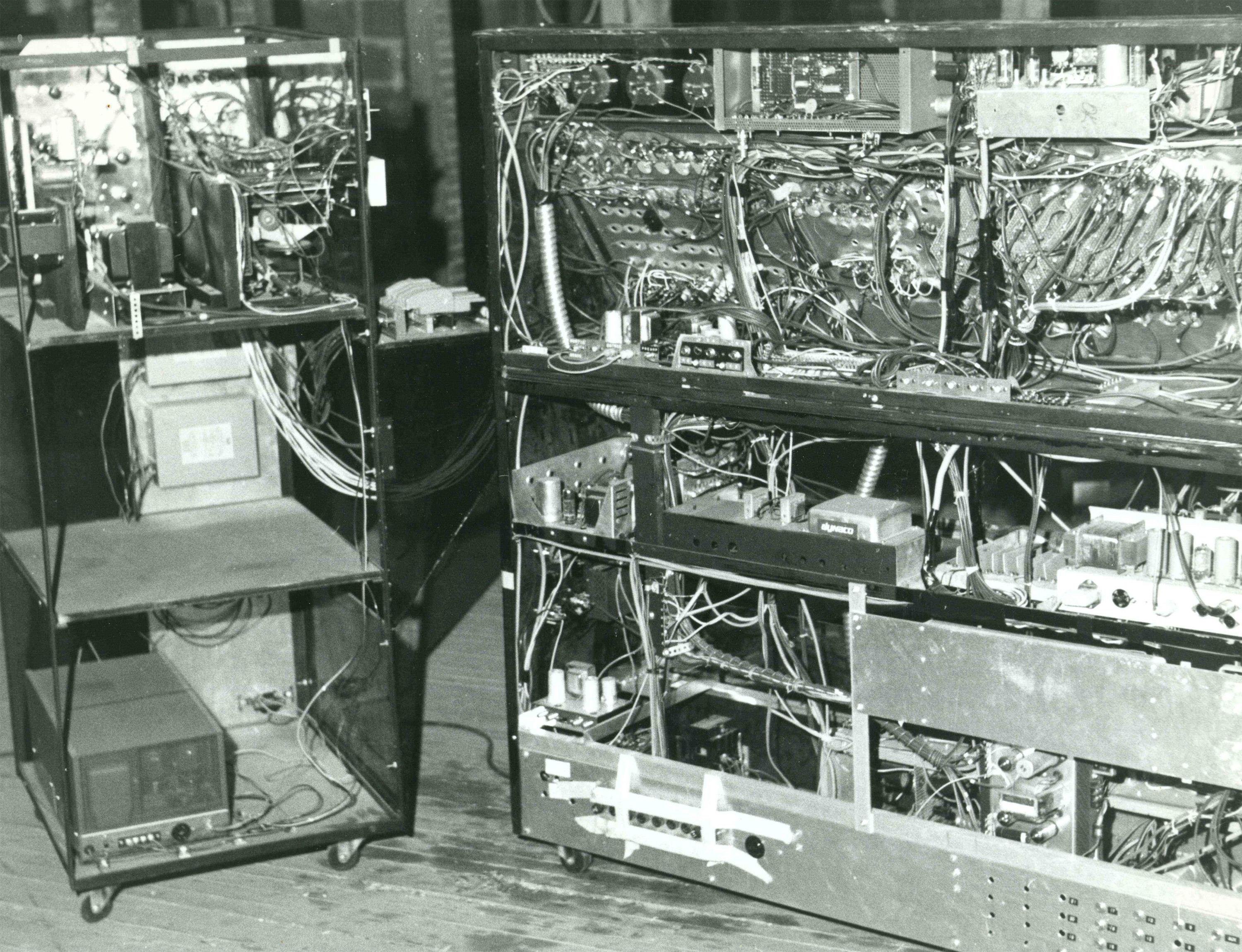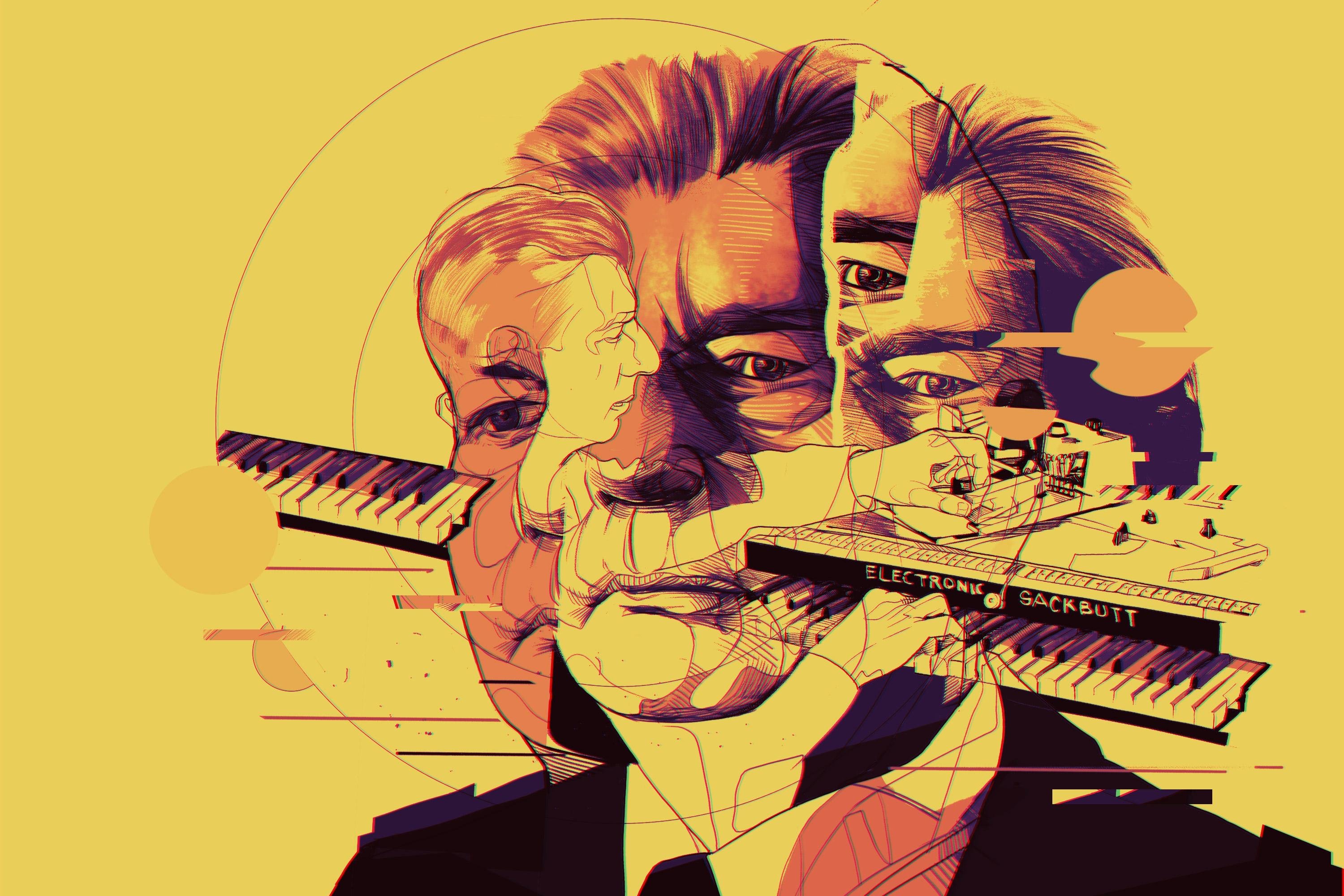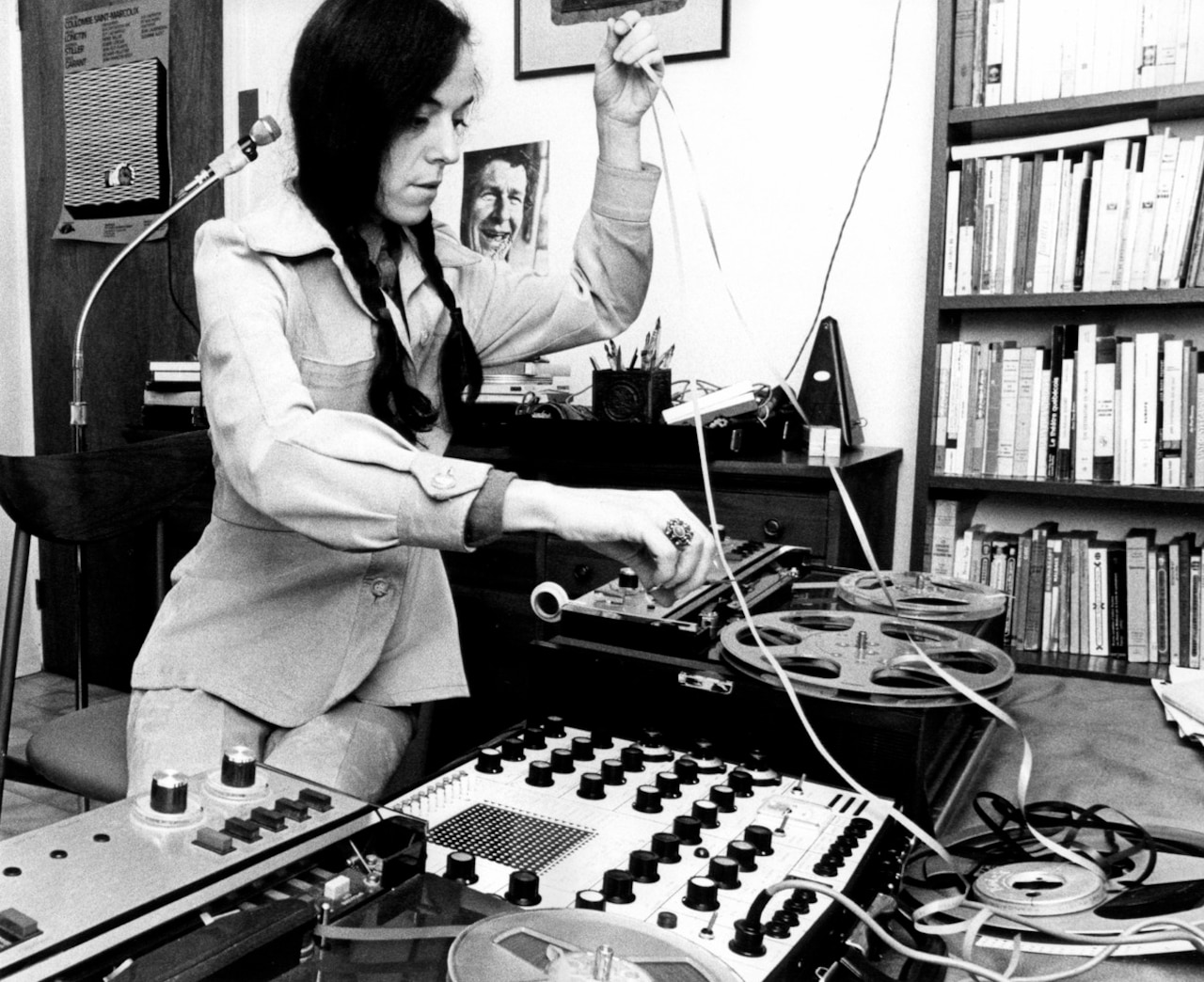
Early Electronic Music in Québec: A Brief History
Though Québec is now internationally acclaimed as a hotbed for cultural creativity, 70 years ago this was nowhere near the case. The years immediately following World War II were known in the province as the Grande Noirceur (Great Darkness), an era that spanned the whole of the ’40s and ’50s and was characterized by the long reign of the Union Nationale political party and its corrupt leader, Maurice Duplessis. With strong ties to the Catholic Church, the Union Nationale was extremely conservative and advocated the importance of religion and agriculture, sheltering Québec society from the fast-paced cultural and social changes that were happening elsewhere.
During this time period, the Church also had a great deal of control over the kind of information that was disseminated in Quebec, and kept a close watch over what people in the province could read. As a result, most of society was unaware of the intellectual and artistic changes that were occurring in cultural hubs like Paris or New York.
Nonetheless, shrouded behind the Grande Noirceur were isolated artists who yearned to break free. Indeed, the story of Québec’s rise from sheltered backwater to a leading light in electronic musical experimentation came together one frustrated artist at a time. What follows is a brief history of their work.
A mainstream culture will always produce its own alternative, even though it may not acknowledge it for years to come.
Sowing the Seeds of a New Ideology: 1948 – 1962
A mainstream culture will always produce its own alternative, even though it may not acknowledge it for years to come. Québec was very much in the depths of the religious conservatism of the Grand Noirceur throughout the ’40s, but by 1948 a group of artists called Les Automatistes, which had been gaining notoriety with exhibits in New York and Paris, published a manifesto called the Refus Global.
The Refus Global was a scathing attack on the Québec culture of the time, calling for the separation of Church and state in the province, freedom of expression and artistic independence. Led by the painter Paul-Émile Borduas, Les Automatistes were a cross-disciplinary arts group influenced by the Surrealists, featuring among their membership artists such as Jean-Paul Riopelle, Marcel Barbeau, Françoise Sullivan and Claude Gauvreau. Unsurprisingly, the manifesto caused a lot of commotion and, as a result, Borduas was dismissed from his teaching position. Les Automatistes dissolved shortly thereafter.
The manifesto found a sympathetic audience among a few key musicians. A young composer named Pierre Mercure, for one, was shaken by some of the ideas. For a time, Mercure befriended choreographer Françoise Riopelle and painter Pierre Gauvreau, artists that had both signed the manifesto. This led to Mercure working together with the choreographer as well as poet Claude Gauvreau on three pieces presented at Théâtre des Compagnons in May 1949.
The collaboration had undoubtedly left a mark on the composer’s work. Mercure went back and forth from Montréal to Paris, eventually enrolling at the GRM to study electro-acoustics with Pierre Schaeffer in 1957. Mercure wrote a number of pieces integrating these techniques with live instrumentation. “The Shape of Things,” composed for a National Film Board film of the same name by Jacques Giraldeau, clearly demonstrates Mercure’s newfound approach. The film documents a sculpture symposium held in Montréal in 1964, while its soundtrack is largely based on a number of electronically manipulated sounds and noises generated by the sculptures.
It is difficult to overestimate the seismic effects the Quiet Revolution had on Québec.
“Le Refus Global is one variable that made a lot of people predisposed to certain performative or discursive practices,” says Eric Fillion, owner of the Québecois avant-garde reissue label Tenzier. He cites Québecois free-jazz pioneer Jean Préfontaine, who founded the Quatuor du Jazz Libre du Québec in 1967, as a telling example of how this dynamic worked. “For Préfontaine, my understanding of what he got out of the Automatistes was just the importance of spontaneity and the fact that art can be liberating and it can be a political statement. That was not enough for Préfontaine to then become the kind of musician he became with the Jazz Libre, because at the time, he was still playing standard jazz. [But it informed his decision] when he discovered free jazz, when he heard Archie Shepp or these kinds of musicians.”
In 1949, a European composer who would have a deep influence on the evolution of abstract music in Québec arrived in Montréal. Originally hailing from Budapest, Istvan Anhalt had left Paris to teach at McGill University. Interested in the ideas of the avant-garde of the time, his goal was to introduce new music to the students attending his courses. Around this time, Anhalt also started experimenting with electronic music, visiting studios in Ottawa, Paris, Cologne, Columbia-Princeton and Bell Labs. In the fall of 1959, Anhalt organized the first ever concert of tape music in Canada, featuring works by Anhalt himself, Hugh Le Caine, John Bowsher and Karlheinz Stockhausen.
Even though they were isolated in their pursuits, Mercure and Anhalt crossed paths regularly, forming the semblances of a community. In the summer of 1961, Mercure was involved in organizing “La Semaine Internationale de Musique Actuelle de Montréal.” More than 30 works of new music were presented over five days, featuring compositions by John Cage, István Anhalt, György Ligeti, Richard Maxfield and Edgar Varèse, to name a few. The reception from the disoriented public and the press was not very welcoming. Works such as Maxfield’s Piano Concert for David Tudor, in which the pianist scratches the strings inside the piano and gently lets pebbles randomly fall on them, agitated preview audiences to such a point that Mercure had to add “a ten-minute intermission for the fossils, hysterics and others” into the performance, according to a review in La Presse.
Nonetheless, the concert signaled a shifting tide for Québec culture: It was one of the first events of its stature to be dedicated solely to the promotion of the avant-garde, and the first to present so many European and American works in one place. This cultural shift continued with the Quiet Revolution of the ’60s, a time of rapid political and cultural change in which Québec finally liberated itself from the Union Nationale’s authority.
Artistically speaking, the Automatistes had started something, even if it would take many years for their ideas to sink in. As the pioneering computer-music composer Jean Piché notes, “These people were part of the engine of the Quiet Revolution... The modern intelligentsia of Québec kind of developed from there.”
The Quiet Revolution and Its Effects: 1963 – 1979
It is difficult to overestimate the seismic effects the Quiet Revolution had on Québec. Not least on the arts. “With the Quiet Revolution, and the immediate post-Quiet Revolution period, you see a lot of artists working closely with the state to create an infrastructure that would provide spaces and funding for their works,” says Eric Fillion.
The first electronic music studio in the province was established in 1964 at McGill. Founded by Anhalt, it featured a number of instruments invented by pioneering composer Hugh Le Caine. Around the same time, composer Nil Parent travelled abroad to Belgium and the United States to various studios. When he returned to Québec in 1969, he established the SMEUL at Laval University, the first francophone electronic music studio in Québec.
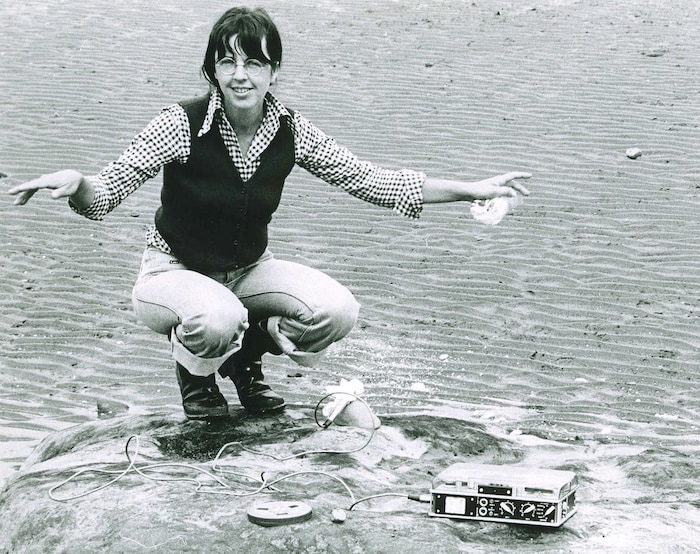
The ’60s also saw the emergence of a number of young female composers who would go on to reshape the possibilities offered by musique concrète, tape manipulation and electronic synthesis. The first was a young music student by the name of Marcelle Deschênes, who’d arrived in Montréal in 1962 to study music at Université de Montréal. In the summer of 1968, Deschênes flew off to Paris to study with Schaeffer, François Bayle and Guy Reibel at the GRM.
The second was trained pianist Micheline Coulombe Saint Marcoux, who’d moved to Montréal in 1958 to pursue her musical education and then switched to composition in the early ’60s. In 1967, a chance meeting with Xenakis led her to enroll at the GRM. Saint Marcoux and Deschênes spent the next few years at the GRM exploring new forms of music together.
When Deschênes returned from Paris in 1972, she took a post teaching at SMEUL. In 1974, she joined SMEUL founder Parent in creating a group called GIMEL along with two of their students, Gisèle Ricard and Jean Piché. The quartet performed live versions of Parent’s compositions, using synthesizers like the Arp 2600 and EMS Synthi AKS, as well as other acoustic instruments processed on the spot with modulators and other effects.
“The school had a great, well-equipped studio and Nil had vision,” says Piché. “He wanted us to perform in real time, it was made possible with those new synthesizers. There was nobody else doing this. It was those weird machines. Everybody was coming around saying, ‘What do these things do?’ I just fell into it. I was always there in the studio. By my second year, I was teaching.”
One of the students who attended courses at the SMEUL in the early ‘70s was Bernard Bonnier. Bonnier had started experimenting with musique concrète in his makeshift studio as early as 1968. After graduating from Laval University, he travelled to Paris and became Pierre Henry’s assistant from 1972 to 1976. When he returned to Québec, Bonnier set up the Amaryllis studio with Gisèle Ricard. He eventually self-released his sole LP, the cult classic Casse-Tête, in 1984. The record is a strange beast, a mind-melting mixture of looped samples, live drums and sequenced electronics. The mix of pop elements and experimental techniques predated the kind of avant-rock and techno experiments that would crop up in later years.
Getting Québec’s Early Electronics on the Record: The ‘80s
As the 1980s set in, it became increasingly easier to release records, prompting a few of these composers to commit their music to vinyl. By 1982, Jean Piché was able to release his debut solo album, Heliograms, one of the first albums to feature music produced almost entirely with digital synthesizers. To secure its release, Piché worked with Ontario-based classical music imprint Melbourne. It ended up being the label’s final release.
Though by 1984 Bonnier had finally decided to release Casse-Tête on his own label (also named Amaryllis) after having it languish on the shelf for many years, others were not so fortunate. Bernard Gagnon, who was active in Montréal between 1975 and 1983, would have to wait until 2012 for his music to finally see the light. In the end, it was Eric Fillion who released the record on his reissue label Tenzier. (Fillion had stumbled upon Gagnon’s oeuvre during research for his post-doctoral thesis.)
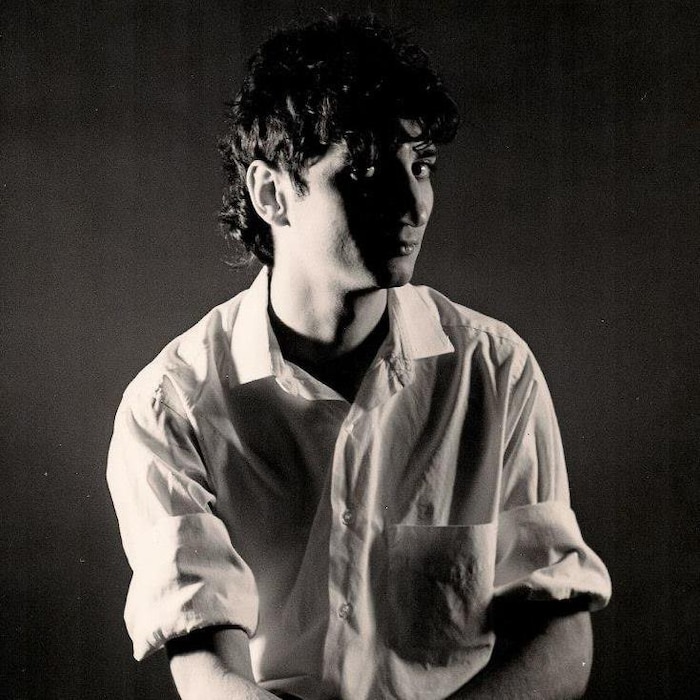
Gagnon’s Musique Électronique (1975-1983) features seven pieces conceived during a period when Gagnon was exploring electronic music at the McGill Electronic Music Studio. A musician and fan of psychedelic rock and free jazz, Gagnon had discovered the work of Olivier Messiaen, Pierre Boulez and Stockhausen, and decided to try his hand at composition in the early ‘70s. Being a part-time student had its advantages. Gagnon often had the studio to himself for long stretches, giving him the opportunity to dig deeply into studio equipment such as Hugh Le Caine’s eccentric inventions, a 16-module Moog Synthesizer, an Arp 2600 and a Synclavier.
Gagnon was so dedicated that one of his compositions, “Gwendoline Descendue!”, won the 1982 CBC National Radio Competition for Young Composers. The prize itself was split with another young composer named Alain Thibault, who is best known today as the founder of Montréal’s long-running Elektra Festival.
Apart from Piché and Gagnon’s albums, many of the recordings from that era are from crown corporation projects. They ended up serving as some of the earliest vinyl releases from an otherwise under-documented scene. “CBC International, which was behind Radio-Canada Internationale, was behind a lot of the vinyl record initiatives,” explains Fillion. Like the National Film Board, their mandate was to “send an image of what Canada was to people overseas, but to Canadians too. It spoke to audiences at home and abroad.”
The series featuring this new Québecois sound was, according to Fillion, “an initiative plagued by compromises. Its mandate was not focused on any one sort of musical practice. Canadian culture had to reflect diversity, as defined by the narratives promoted by the state at the time. Those narratives were articulated by a specific English Canadian cultural elite that had its own biases, in terms of what’s acceptable and what’s not.” Avant-garde Québec’s contributions may have been presented for their diversity, but in truth they were as alien and indecipherable to English Canadian ears as the rest of Québecois culture. Wherever other options were available, the CBC preferred to focus more on more traditional veins of classical, jazz and folk.
SOCAN, the national performing rights association, was another coincidental early supporter of Québec’s new electronic sound through their CAPAC “Musical Portraits” series of 7". They were produced as promotional items for radio (none were available for sale) and featured some of the first recorded music by Marcelle Deschênes, Bernard Bonnier, Gisèle Ricard, Yves Daoust, Philippe Ménard, Nil Parent and Alain Thibault. It met much the same fate as the CBC and NFB initiatives.
Still, whether it was universities or crown corporations working with their own priorities, Fillion and many of the province’s current avant-garde generation are happy they exist at all. They’ve been since taken up for re-release on labels like Tenzier, Eric Mattson’s Oral and others. Now that the times have caught up with Québec’s early avant-garde, there’s a growing resurgence of interest in early electronic music from all over the world.
A significant chunk of those early electronic experiments happened here. “Those tapes were going to end up in the trash,” Fillion says. “It would be a tremendous loss for the music scene, but also for Québec society more generally. Because, I think that these musical works, in themselves, offer a counter-narrative of their own times.”
Header image © Alexandre Zelkine
